Image by: unsplash
From 2019 to 2024, average national rents rose sharply in Canada — by roughly 16% for one‑bedroom, 22% for two‑bedroom, and nearly 30% for units with three or more bedrooms, while bachelor units saw a 4% decline. During the same period, vacancy rates increased from around 1.6% to 2.9%, with Manitoba seeing an extraordinary rise from 1.2% to 13.7%.
Turning to housing quality, the CMHC report finds that only 43.5% of surveyed affordable units are rated in good-to-excellent condition, while 19% are average, and over one‑third fall into the fair-to-poor category, including 23% deemed poor — a steep rise from just 2.5% in 2019. Fewer buildings are now expected to require no repairs over the next five years, a share that dropped from 34% to 23%. Building condition varies by region: younger stock (post‑2003) is often in better shape, but in Ontario, the Prairies, and the Atlantic provinces, 65 %–90% of units were constructed before 1987 and are now more likely in poor condition.
In terms of management and oversight, about 53% of affordable and social housing units are directly managed by government bodies, while non‑profits oversee around 26%, co‑operatives about 7%, and the rest by private or mixed public-private partnerships. The same pattern holds for funding, with governments making up the majority of custodians and financiers of these units.
Read the full article on: REAL ESTATE MAGAZINE

